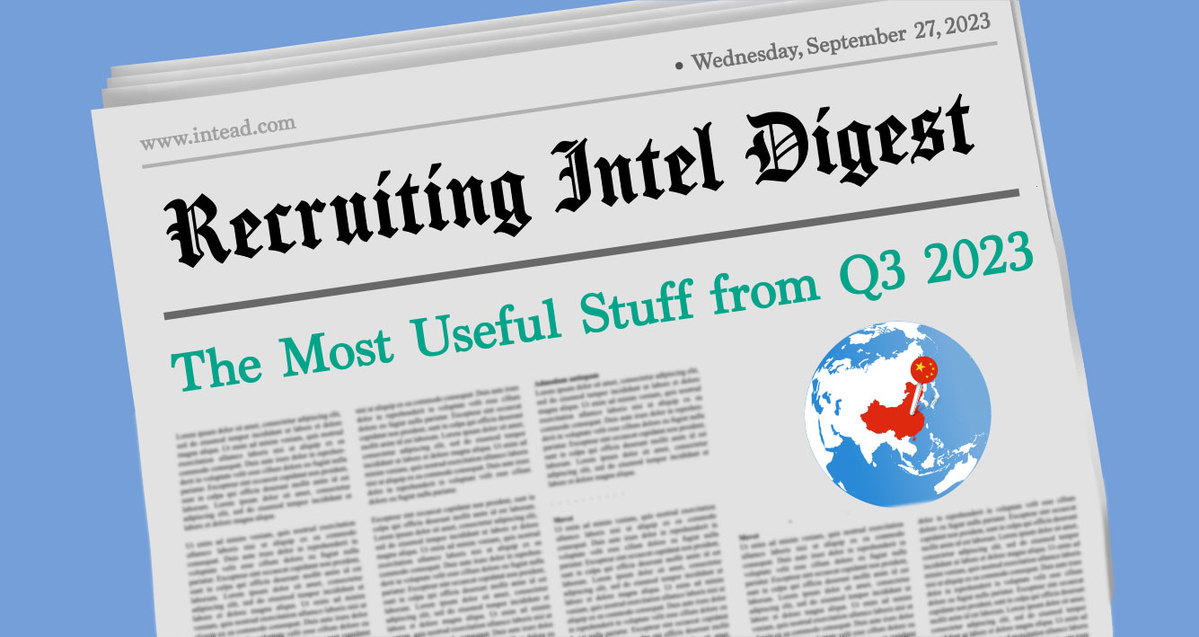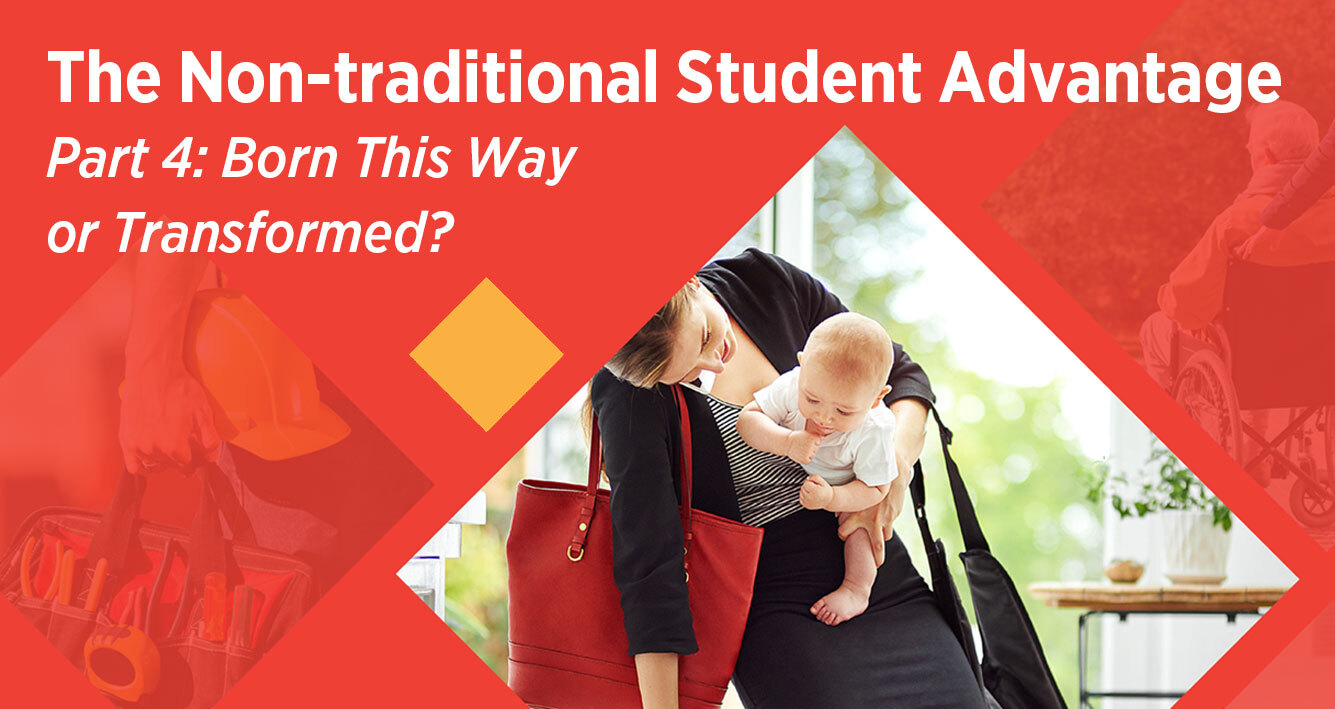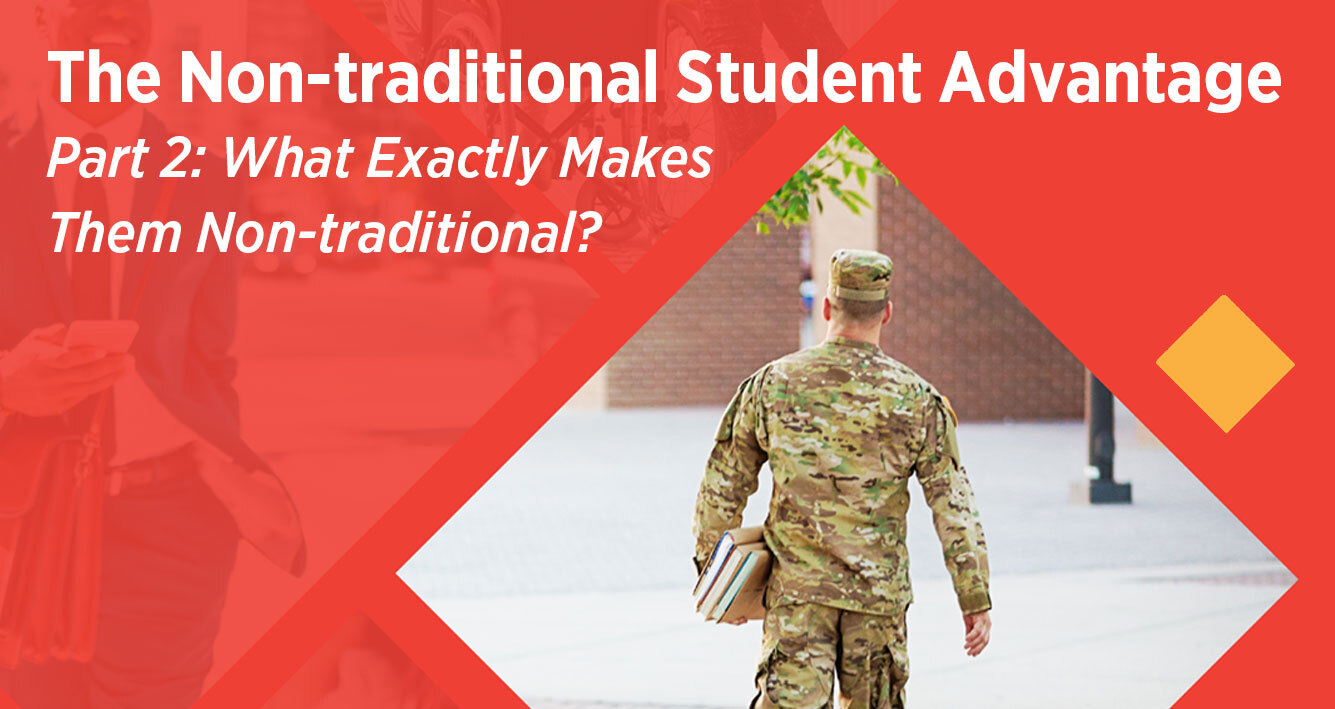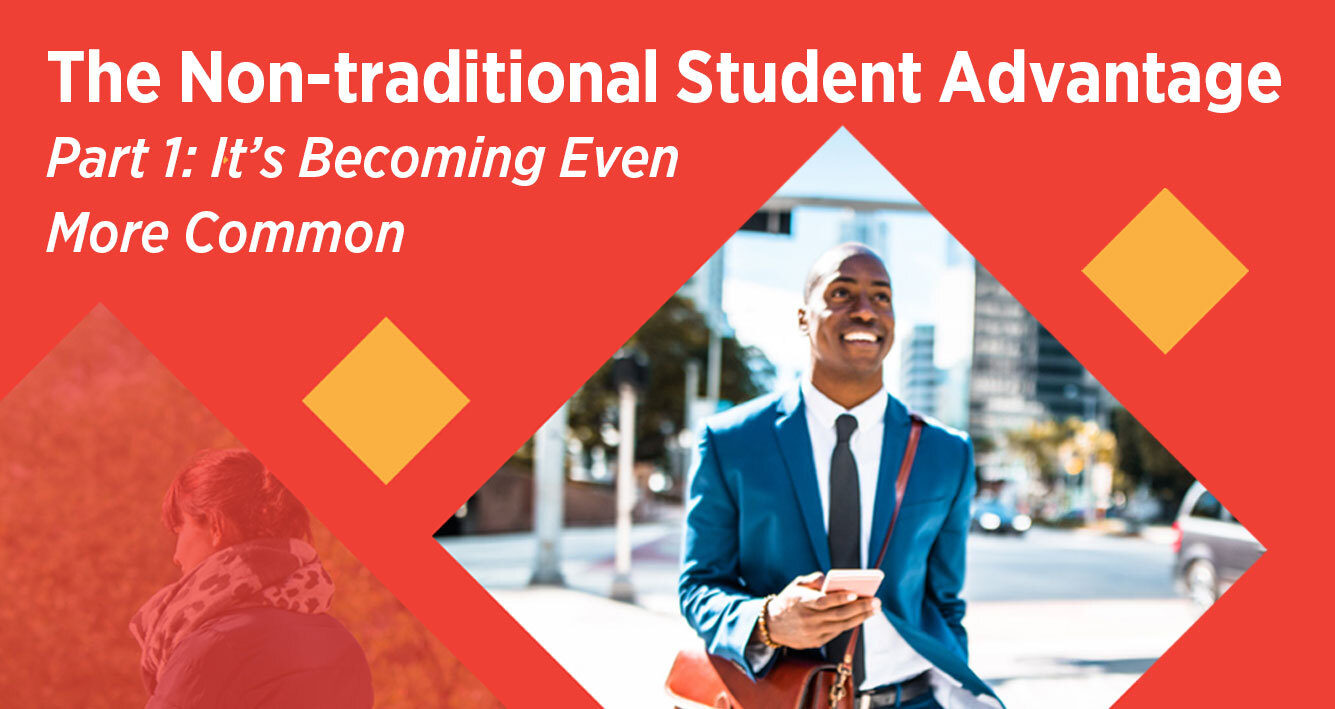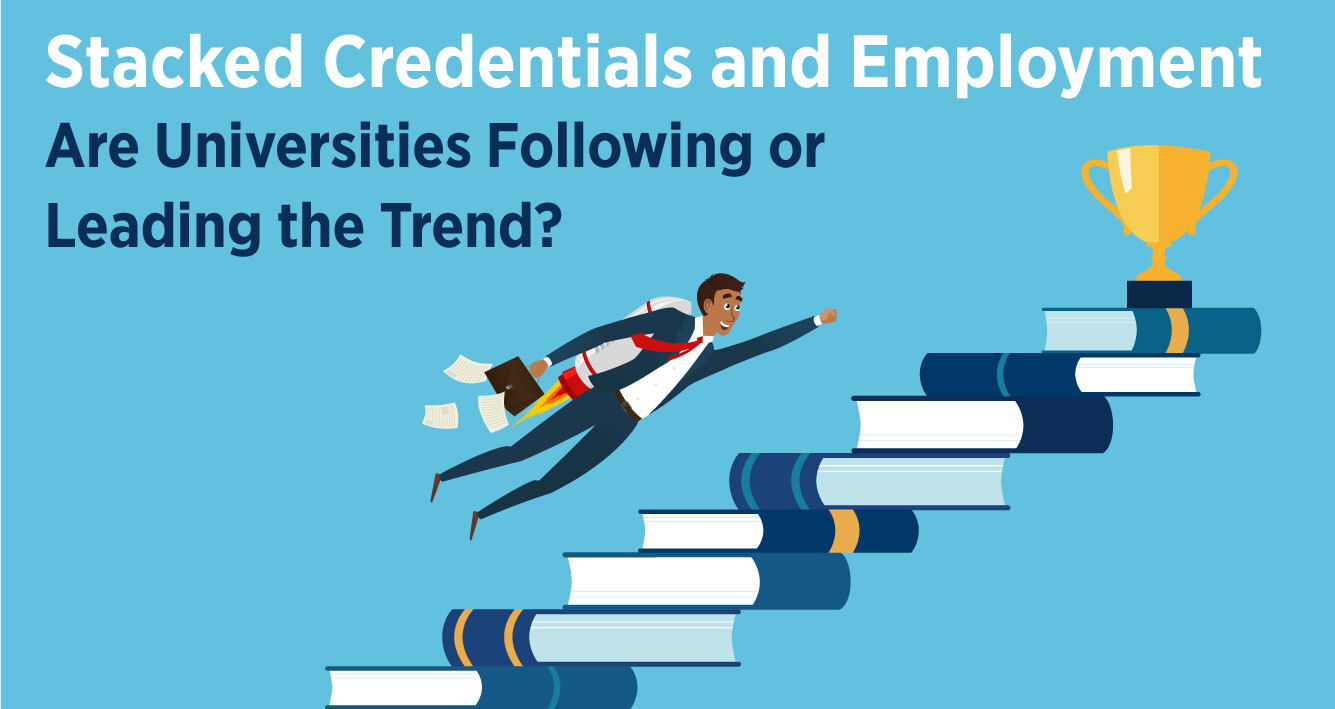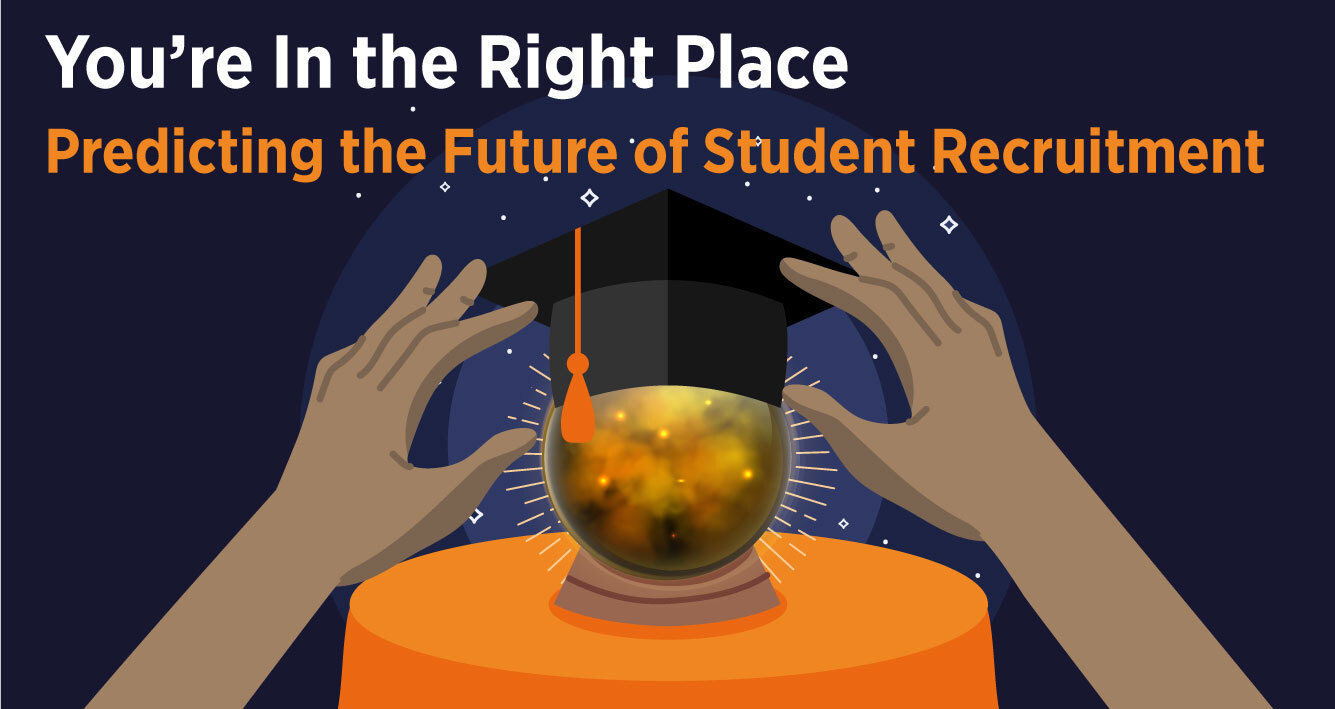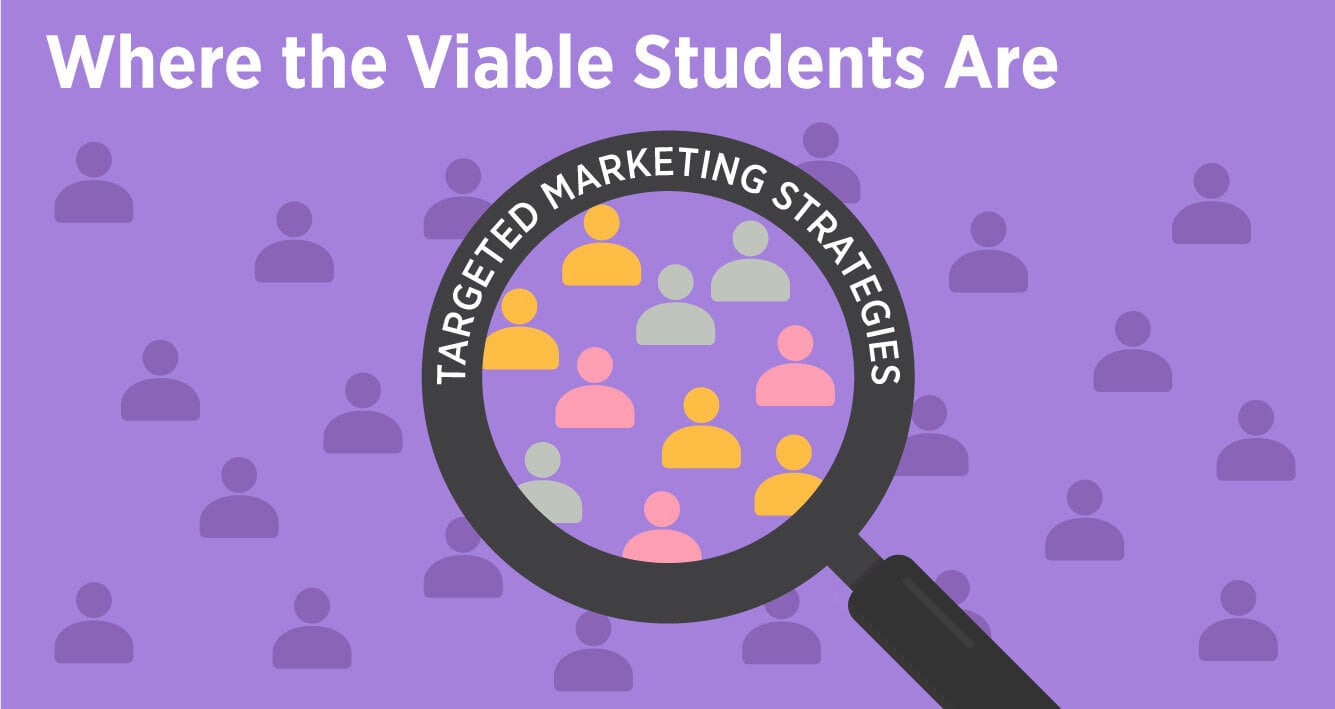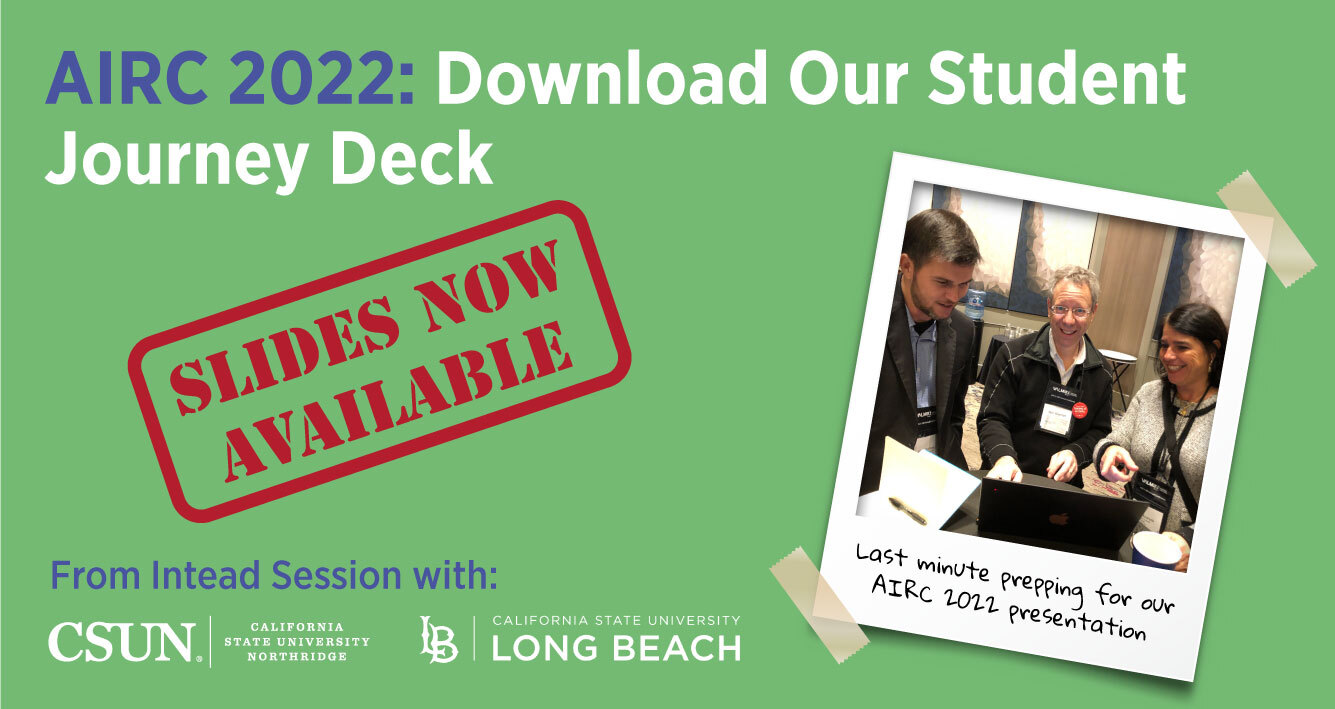Meet Darlene. Her journey as a non-traditional student is one you need to know. Not because it’s unique. But because it no longer is.
Darlene’s dad was a full-time tractor trailer mechanic who stopped his education after high school to take over his father’s business. Her mom was a stay-at-home parent who did not pursue college. It was Darlene’s older sister who became the first in the family to obtain a postsecondary degree.
In high school Darlene was a good student. She even received a trustee scholarship to attend the same university her sister did, but she had her eye on another school. Still, mostly because her parents were footing the bill, she gave that college a try. It lasted a year. Despite her 3.5 GPA, she never did feel at home there. So, she paused her education and went to work.
You may see where this is going and why it is important to you as an enrollment professional. The demographic cliff has arrived and non-traditional students are one option for your institution’s continued success. Take a few minutes and we will help you clarify the path forward.
Darlene started as a part-time teaching assistant before spending three years working at Walmart. Then Darlene found her way to an office associate position at Columbus State Community College where she thrived. It was there, while successfully holding down a full-time job, she finally returned to her academic pursuits and enrolled in a digital design and graphics program.
She worked full-time while fitting in courses at night, on weekends, and online. When she needed to take classes during weekdays, her department chair was willing to adjust her schedule. And it worked. She earned her associate degree and even got her tuition covered thanks to her school’s tuition reimbursement program.
But that’s not the end of Darlene’s student journey. In fact, a few years and one state later, a friend encouraged her to return to school, but Darlene wasn’t sure if it was the right time. After all, along with her associate degree, she now had a husband, a child, and a full-time job.
This must-read primer will help anyone looking to better position their institution within today’s complex and competitive recruitment landscape. Read this publication, share it with your colleagues and then apply its insights to your marketing strategy. Non-traditional is quickly becoming the new traditional. This is your guide to adapting to the new competitive environment. ~ David Di Maria, Associate Vice Provost for International Education at University of Maryland, Baltimore County
It took her all of one week to decide. She had heard from a friend who had heard from a friend that Western Governors University was a good program. So, she applied.
“I was surprised more people haven’t heard of the university. It’s fully accredited and has a really good success rate as far as graduation and employment rates,” she said.
Beyond the word-of-mouth approval, Darlene chose WGU because the price was right and the program was highly flexible. It was online and offered a “competency unit” curriculum that allowed her to go at her own pace and take as many classes as she wanted for a flat rate. WGU also provided her with a supportive student mentor who connected with her weekly and served as an involved mentor. In a few years’ time, she earned her B.S. in Business—Human Resources Management.
It's a success story for sure, but is Darlene’s degree the end of her student journey? Time will tell, though she does offer a hint at her mindset: “I want to make sure that I can continue to grow professionally, both in terms of responsibility and salary.”
Are you taking notes?
Darlene’s story is one of perseverance and it’s one of practicality. It takes a whole lot of both to make postsecondary education a possibility for non-traditional students.
Understanding that matters a lot, especially as you seek to fill the void being left in your enrollment from the decline in traditional students. Read on for our take on what you should be doing now to engage with this key audience now…
Read More

